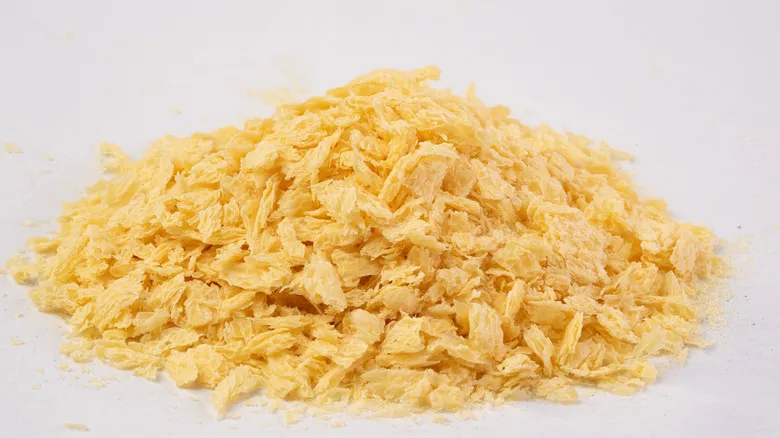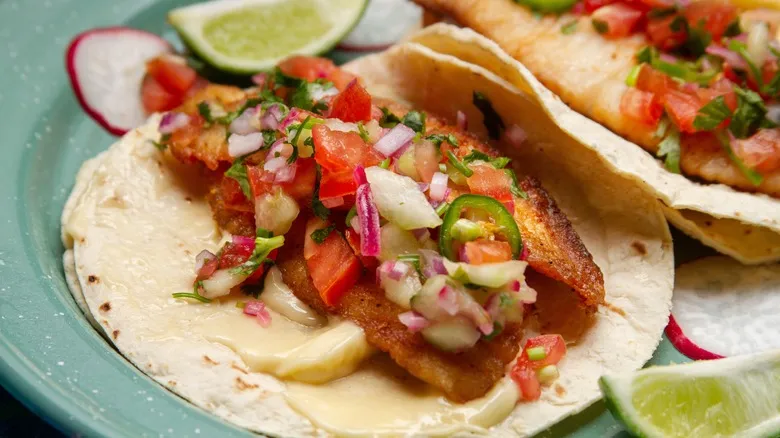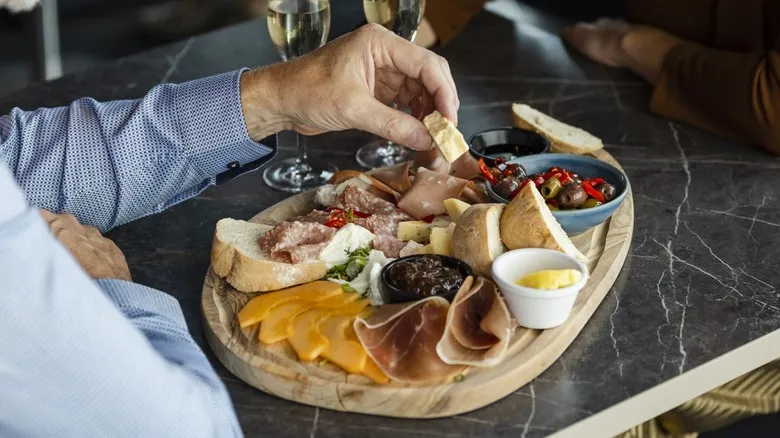How to spot a thoughtfully curated charcuterie board

If your initial assessment hasn't revealed any significant concerns, it's time to explore the details of what you should expect on the menu or from your server. Look for terms and phrases such as "house-made," "artisanal choices," "local specialties," "seasonal selections," and, in some cases, "vegan" or "keto."
If you notice these types of items on the menu, delve deeper by discussing them with your server. Many restaurants provide tastings for their staff when new dishes are introduced, enabling the waitstaff to confidently inform guests about the appearance and flavor of the offerings. They should also be able to explain how the items are prepared, the frequency of charcuterie supply deliveries, and their sourcing. Additionally, the server should know when the board was put together, ideally on the same day.
Lastly, to ensure you receive a board tailored specifically for you, inquire if the restaurant offers made-to-order boards. If they do, you can expect a custom selection that caters to your preferences rather than a standard charcuterie board filled with uninspired ingredients. If your experience deviates from these guidelines, it may be wise to remain vigilant, as a potential red flag could be lurking just around the corner.
Look for charcuterie items that play off one another

A truly enjoyable charcuterie board experience goes beyond simply being made-to-order. The finest boards are crafted with a thoughtful consideration of the diverse flavors and textures they encompass. For example, a rich, creamy cheese should be paired with crusty artisan bread, while spicy hard salami slices can be complemented by fresh, juicy fruits. Additionally, these boards should incorporate the five fundamental tastes: umami, sweet, sour, salty, and bitter. Ideally, the best charcuterie boards are explorations of contrasts, showcasing a delightful array of regional and specialty foods. If your board includes most or all of these components, you’re indulging in well-curated charcuterie.
For instance, at a steakhouse, a charcuterie board might feature cuts of Wagyu beef, house-made jerky, or another type of smoked meat, accompanied by the restaurant's signature sauce. In contrast, a California eatery might present craft jellies made from local produce, such as Black Mission figs or Elberta peaches. Similarly, restaurants in the Midwest should highlight artisan cheeses, offering a serving of grass-fed Gruyère from a world-renowned cheesemaker in Wisconsin, rather than a generic "aged cheddar" from an unknown source. While the details may vary, the essence of this advice remains constant: your senses should always be engaged when enjoying a thoughtfully curated charcuterie board.
Recommended

4 Simple Substitutes For Bread Crumbs In A Recipe

The Right Salsa For Every Type Of Fish Taco

The Unexpected Topping That Will Take Your Fish Tacos To The Next Level

The Important Thing To Remember When Adding Stinky Cheeses To Your Charcuterie Board
Next up

